LOOK WHO'S BACK!
About
The Grumman F6F Hellcat is an American carrier-based fighter aircraft of World War II. Designed to replace the earlier F4F Wildcat and to counter the Japanese Mitsubishi A6M Zero, it was the United States Navy's dominant fighter in the second half of the Pacific War. In gaining that role, it prevailed over its faster competitor, the Vought F4U Corsair, which initially had problems with visibility and carrier landings.
Powered by a 2,000 hp (1,500 kW) Pratt & Whitney R-2800 Double Wasp, the same powerplant used for both the Corsair and the United States Army Air Forces (USAAF) Republic P-47 Thunderbolt fighters, the F6F was an entirely new design, but it still resembled the Wildcat in many ways.[3] Some military observers tagged the Hellcat as the "Wildcat's big brother".[4]
The F6F made its combat debut in September 1943. It subsequently established itself as a rugged, well-designed carrier fighter, which was able to outperform the A6M Zero and help secure air superiority over the Pacific theater. In total, 12,275 were built in just over two years.[5]
Hellcats were credited with destroying a total of 5,223 enemy aircraft while in service with the U.S. Navy, U.S. Marine Corps, and Royal Navy Fleet Air Arm (FAA).[6][Note 2] This was more than any other Allied naval aircraft.[8] After the war, Hellcats were phased out of front-line service in the US, but radar-equipped F6F-5Ns remained in service as late as 1954 as night fighters.[9][10]
Specifications
General Characteristics
- Created On Android
- Wingspan 45.4ft (13.8m)
- Length 34.4ft (10.5m)
- Height 13.6ft (4.1m)
- Empty Weight 6,703lbs (3,040kg)
- Loaded Weight 11,278lbs (5,115kg)
Performance
- Horse Power/Weight Ratio 0.177
- Wing Loading 24.2lbs/ft2 (118.1kg/m2)
- Wing Area 466.4ft2 (43.3m2)
- Drag Points 4296
Parts
- Number of Parts 57
- Control Surfaces 7
- Performance Cost 354

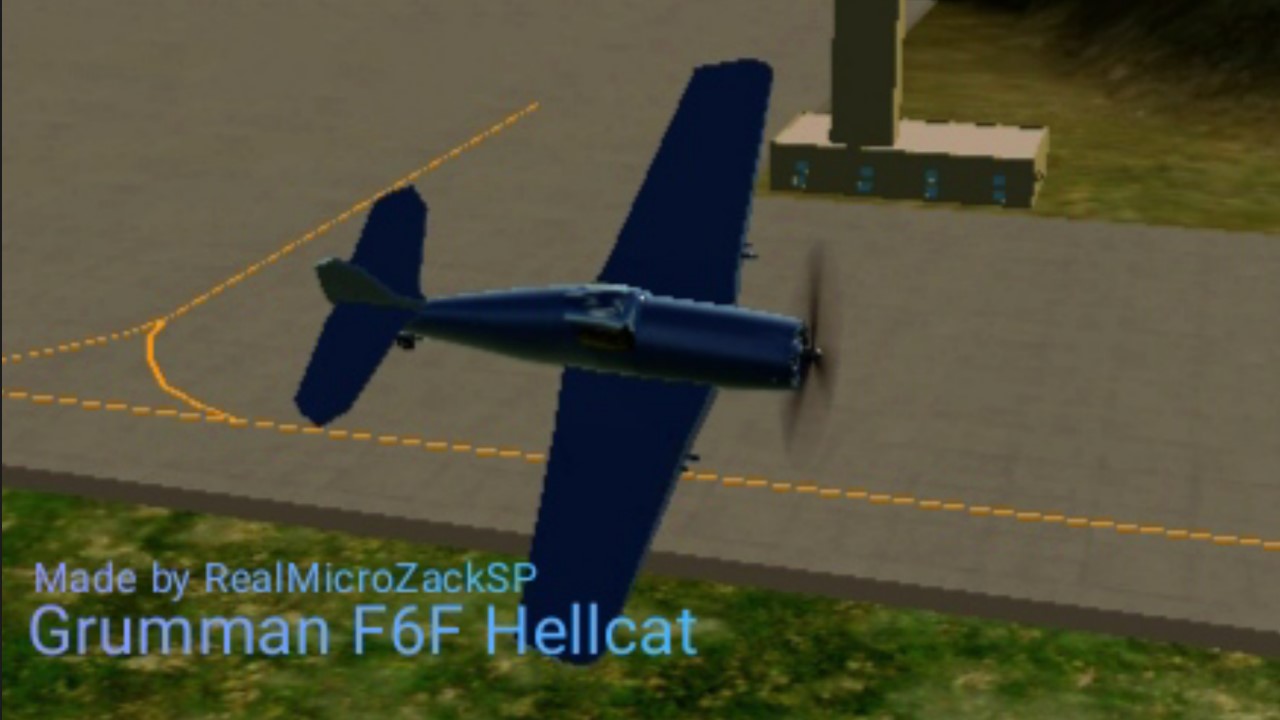
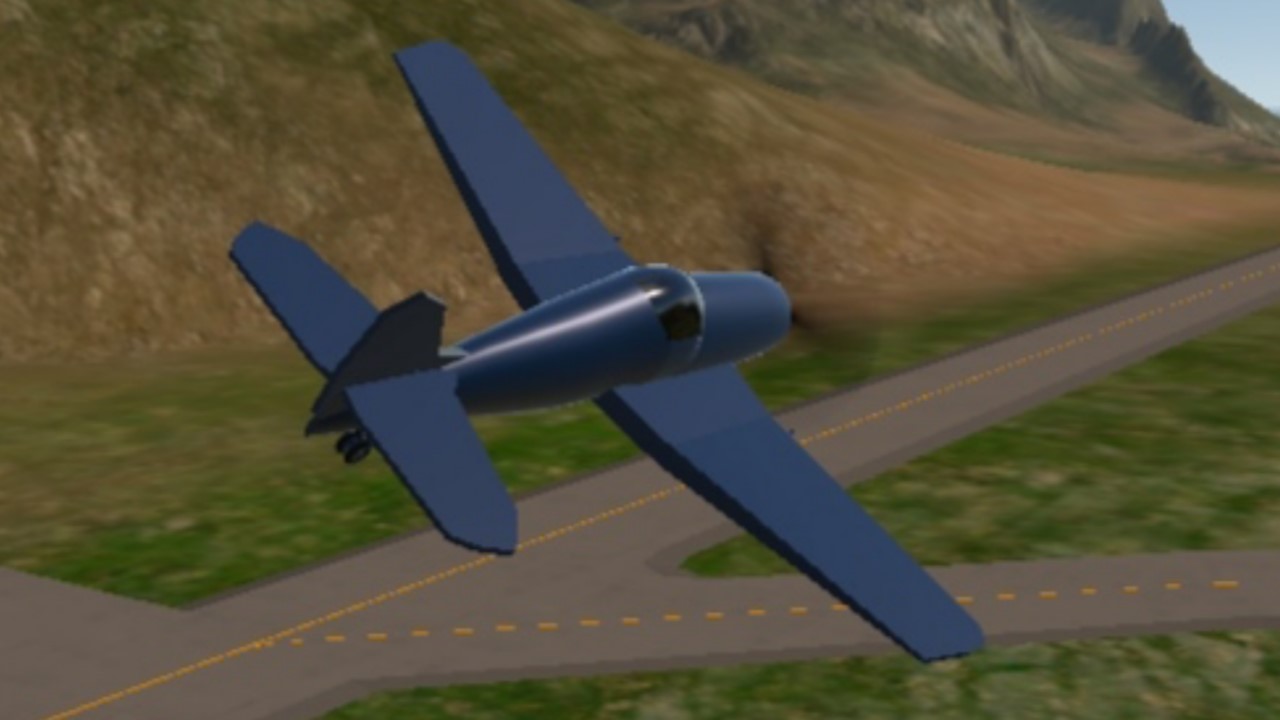

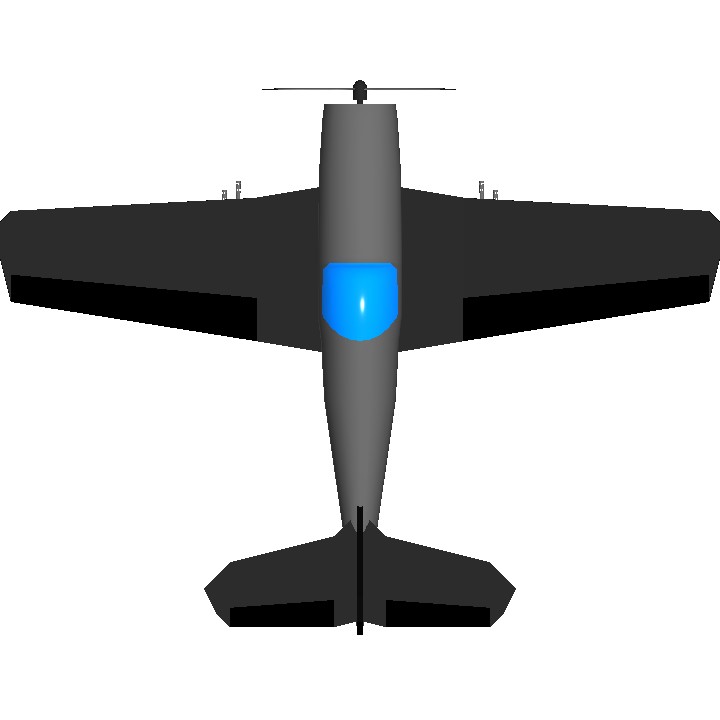
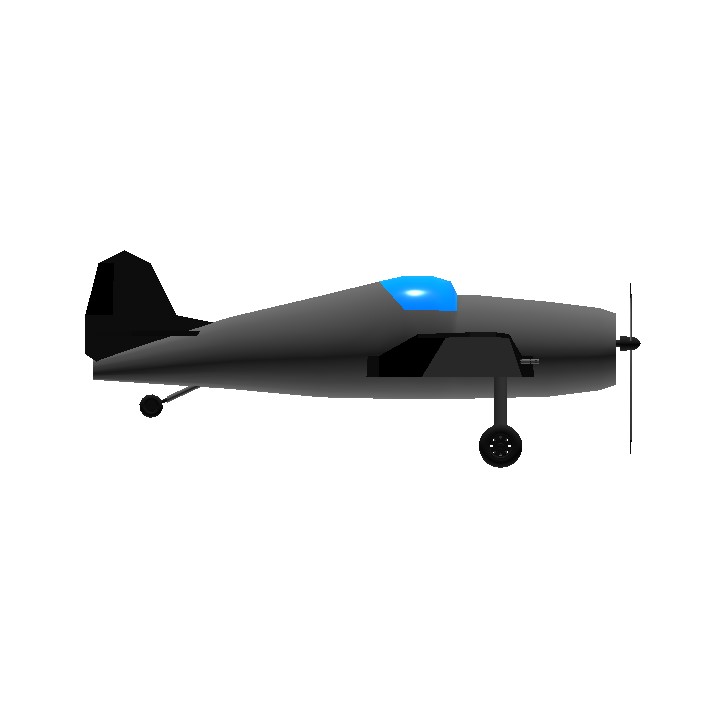
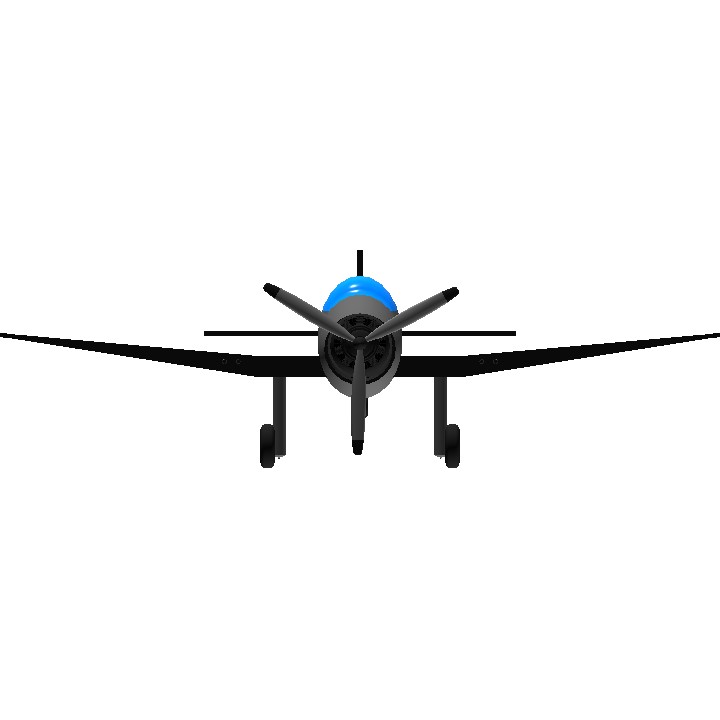
Tag Zwei
4: @001
5: @Zhixunlin23
6: @CrestelAeronautics
Tag Eins
1: @SPTNR
2: @Rjenteissussy
3: @KPLBall
@KPLBall M18 Super Super Hellcat
Wow!
M18 Super Hellcat @RMZSPinactive
@Rjenteissussy M18 Hellcat
Dodge Challenger SRT Hellcat